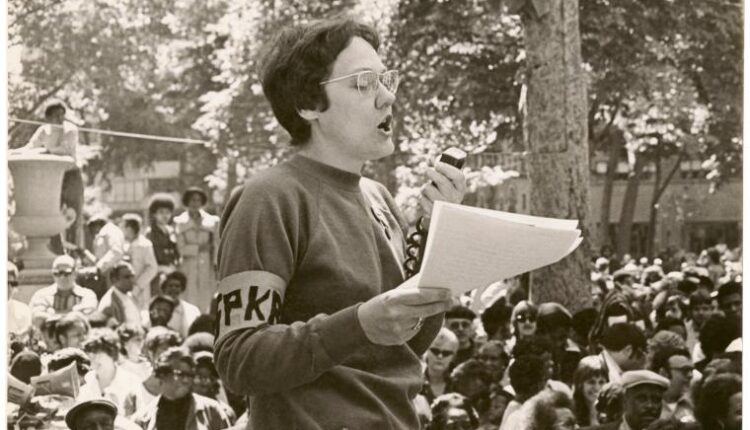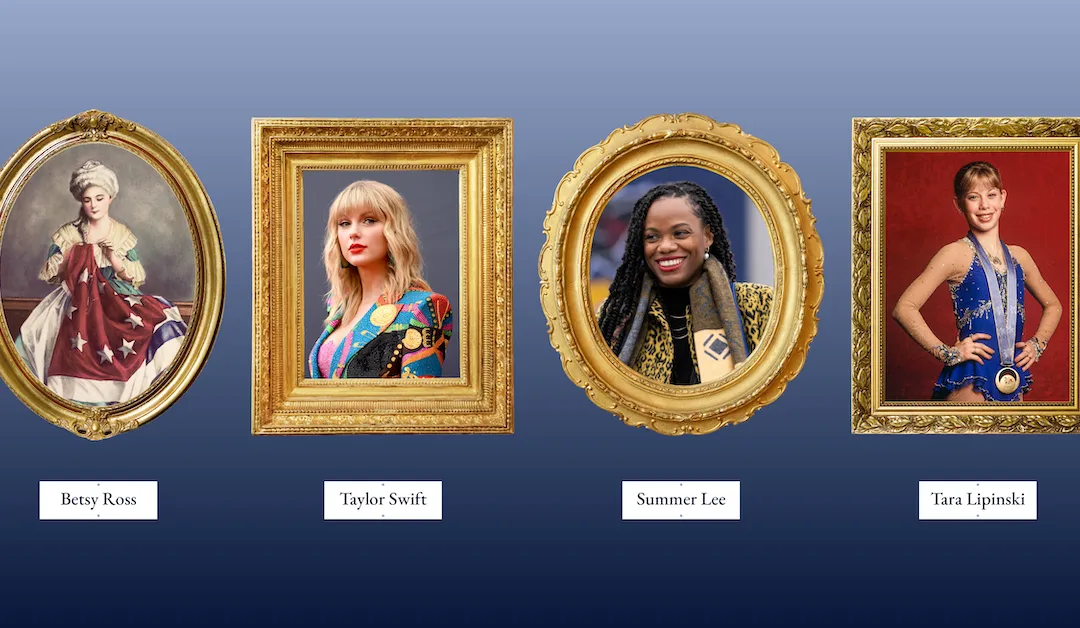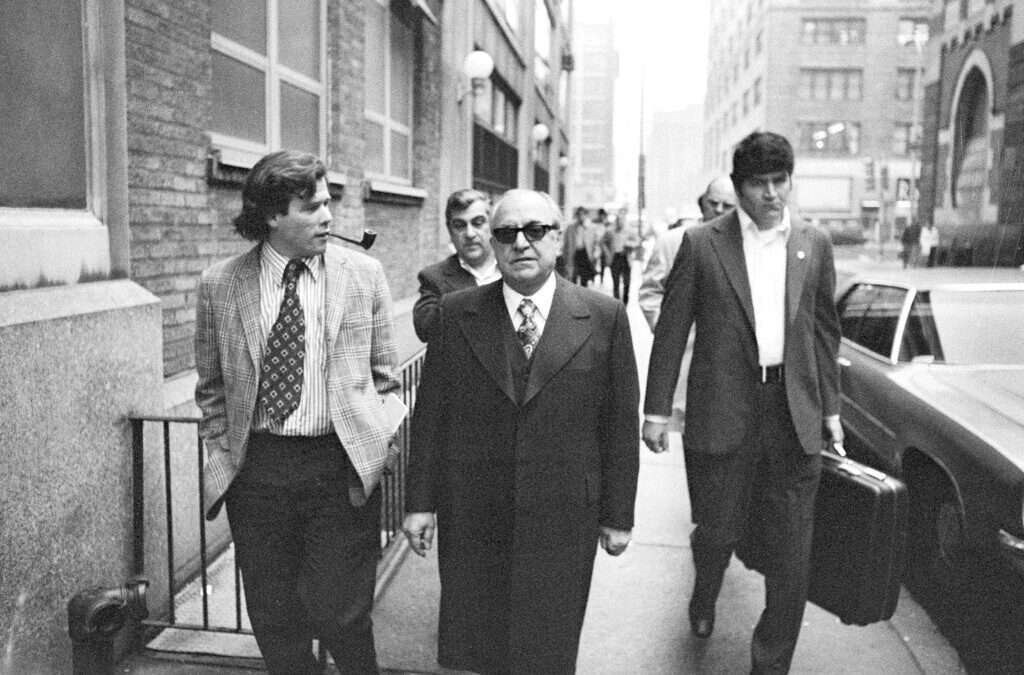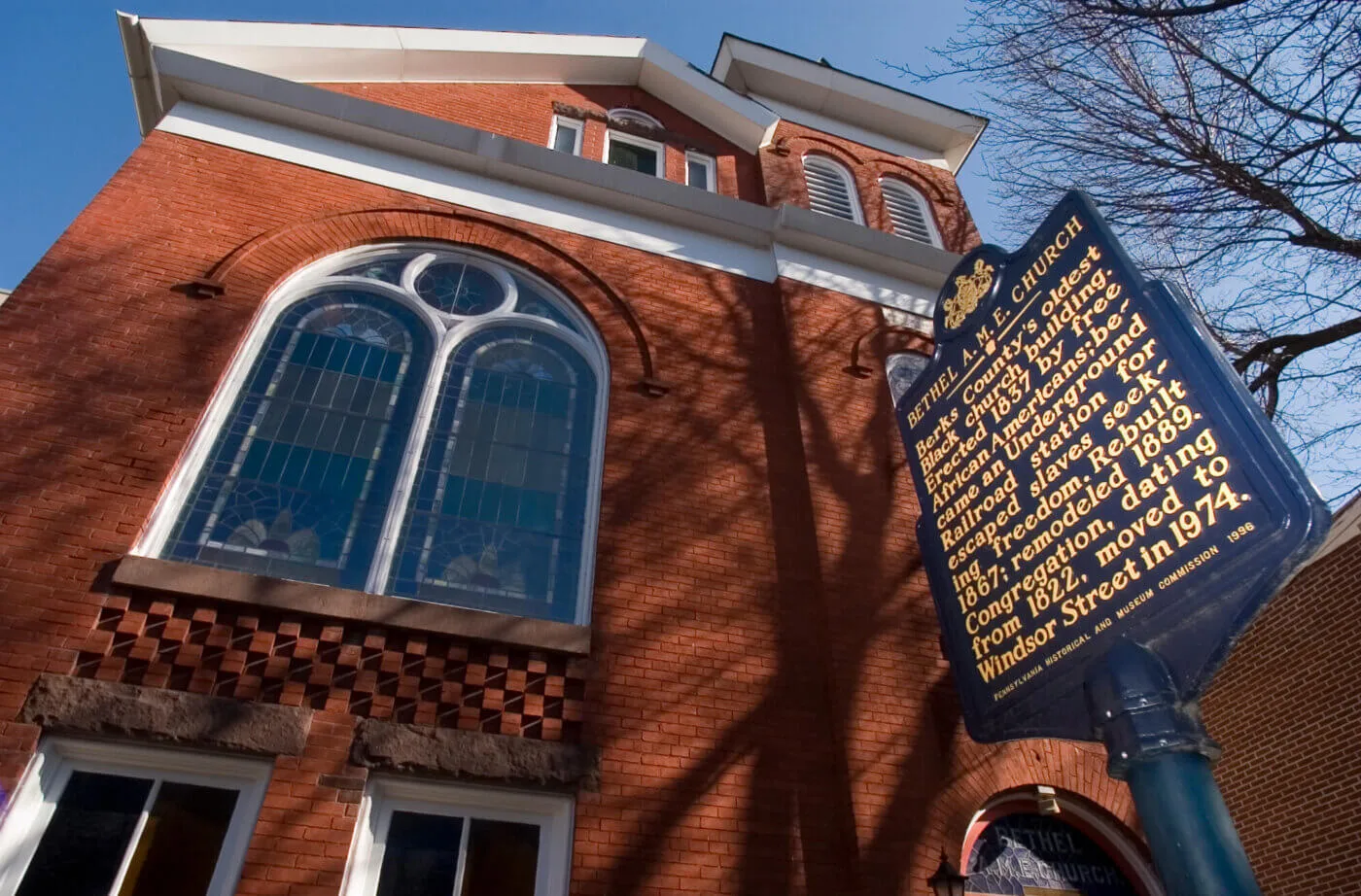
FILE - United Auto Workers members walk in the Labor Day parade in Detroit, Sept. 2, 2019. (Associated Press/Paul Sancya)
By JAMIE STENGLE Associated Press
DALLAS (AP) — From barbecues to getaways to shopping the sales, many people across the U.S. mark Labor Day — the federal holiday celebrating the American worker — by finding ways to relax.
This year is the 130th anniversary of the holiday, which is celebrated on the first Monday of September. While actions by unions in recent years to advocate for workers are a reminder of the holiday’s activist roots, the three-day weekend it creates has become a touchstone in the lives of Americans marking the unofficial end of summer.
Here’s what to know about Labor Day:
How did Labor Day become a federal holiday?
Its origins date back to the late 19th century, when activists first sought to establish a day to pay tribute to workers.
The first Labor Day celebration in the U.S. took place in New York City on Sept. 5, 1882, when some 10,000 workers marched in a parade organized by the Central Labor Union and the Knights of Labor.
Workers were seeing their quality of life decline as they transitioned from artisan to factory jobs, even as the quality of life of factory owners was “just skyrocketing,” said Todd Vachon, an assistant professor in the Rutgers School of Management and Labor Relations.
In the years that followed, a handful of cities and states began to adopt laws recognizing Labor Day. President Grover Cleveland signed a congressional act in 1894 making it a federal holiday.
That was the same year that workers for the Pullman Palace Car Company went on strike after the railcar-maker cut wages without reducing rent in the company-owned town where workers lived near Chicago, Vachon said. Over 12 workers were killed after Cleveland sent federal troops to crush the strike, he said.
Cleveland’s move to establish Labor Day as a federal holiday is seen by some historians as a way for him “to make peace” with the working class after that, Vachon said.
What do Americans do over Labor Day weekend?
For the three-day weekend created by Labor Day, travelers pack airports and highways for end-of-summer escapes, and backyard chefs prepare cookouts for family and friends.
Barbecuing has been a part of Labor Day celebrations from the start, said Robert F. Moss, food writer, culinary historian and author of “Barbecue: The History of an American Institution.”
He said it was already such an entrenched tradition in the U.S. that when the labor movements developed in the late 19th century, it was natural to way to celebrate as large groups gathered. In the 20th century, the holiday’s barbecues moved more toward gatherings of friends and family in backyards, he said.
“It still has a lot of that same communal sense, gathering around the grill, eating together,” he said.
Vachon said that whether the origins of the labor movement are on one’s mind while celebrating depends on whether they live somewhere with a large union presence.
In Chicago, a parade and festival are held over Labor Day weekend in what is now the Pullman neighborhood, home of the holiday’s roots. Bob Reiter, president of the Chicago Federation of Labor, said the parade and festival they host brings in union members and their families from all over the area.
How has the labor movement evolved over the decades?
When Labor Day became a federal holiday in 1894, unions in the U.S. were largely contested and courts would often rule strikes illegal, leading to violent disputes, Vachon said. It wasn’t until the National Labor Relations Act of 1935 that private sector employees were granted the right to join unions.
Later into the 20th century, states also began passing legislation to allow unionization in the public sector. But even today, not all states allow collective bargaining for public workers.
In recent years, Vachon said, there’s been a resurgence in labor organizing, activism, interest and support.
“A lot of the millennial and Gen Z folks are coming into the labor market in a period that’s not a lot different from that period in the 1880s where there was a lot of labor unrest,” Vachon said. “Jobs just don’t pay enough for people to achieve the American dream.”
What’s the connection between fashion and Labor Day?
The adage that one shouldn’t wear white after Labor Day is a “rule” that’s broken with very fashionable results, but where did it originate?
Fashion experts say it likely goes back to the Gilded Age — the same period in the late 1800s that spawned Labor Day. The cool, white frocks worn by wealthy New Yorkers during their summers in places such as Newport, Rhode Island, would be packed away on their end-of-summer return to the city with its dirt-packed streets.
Christy Crutsinger, a professor in merchandising and digital retailing at University of North Texas, heard the adage from generations of women in her family. But “the fashion world’s not working that way anymore,” she added.
“People think it, say it, but don’t abide by it,” she said.
With back-to-school shopping and a switch by many business people from a more relaxed summer dress code, fashion is on the mind of many around Labor Day, said Daniel James Cole, adjunct assistant professor in fashion history at the Fashion Institute of Technology and co-author of “The History of Modern Fashion.”
The holiday, he said, “is kind of this hinge” between summertime dress and fun to going “back to more serious pursuits.”
___
Associated Press journalist Wyatte Grantham-Philips contributed to this report.

9 interesting facts about the PA-born pretzel paradise, Auntie Anne’s
Be careful reading these facts about Pennsylvania-born Auntie Anne’s, the biggest soft pretzel company in the world, because you might just find...

Celebrate Pennsylvania’s rich history: Free entry to museums and landmarks on Charter Day
William Penn was granted a charter from England’s King Charles II to create the state of Pennsylvania. To celebrate the 344-year old charter, many...

7 Philadelphia Libraries Named After Trailblazing Women
Learn about the inspiring women behind the names of seven Philadelphia libraries, from civil rights activists to educators and philanthropists....

13 history-making women from Pennsylvania
Women’s History Month is an ideal time to highlight the efforts of some of Pennsylvania’s impactful women. Pennsylvania has not only played a...

Unpacking NEPA’s surprisingly strong ties to the Mafia
Learn about how the Mafia grew its influence in the shadow of the Pocono Mountains. If your familiarity with the Mafia is based on what you’ve...




